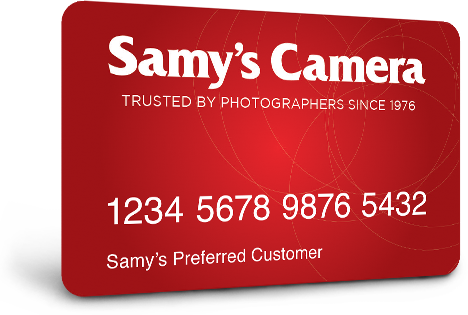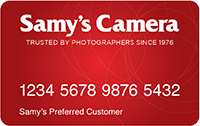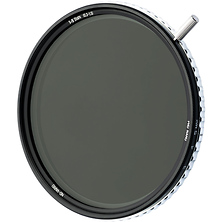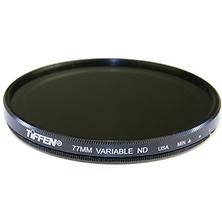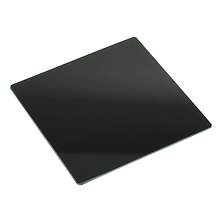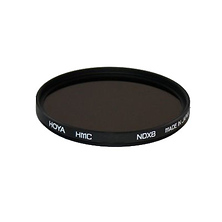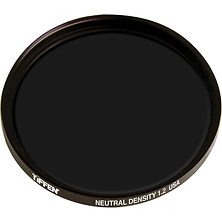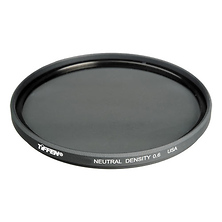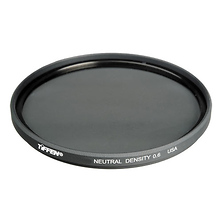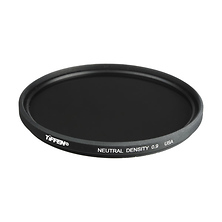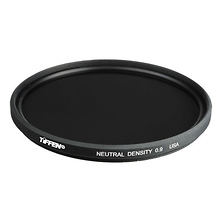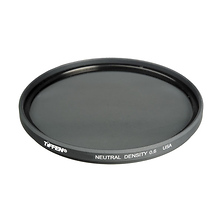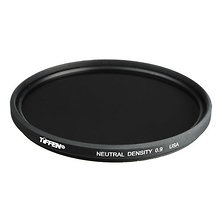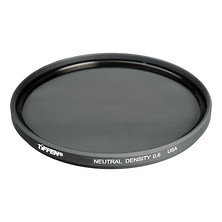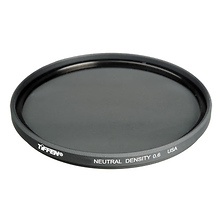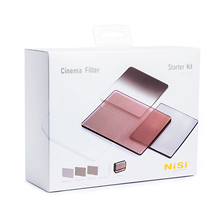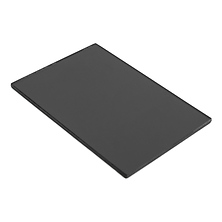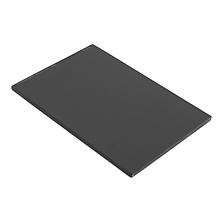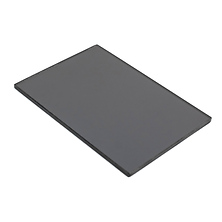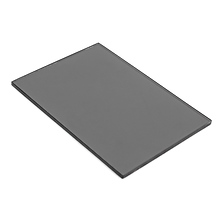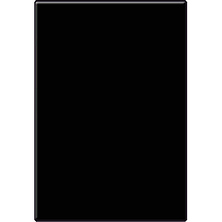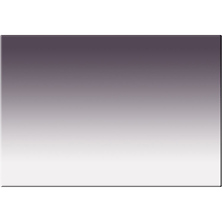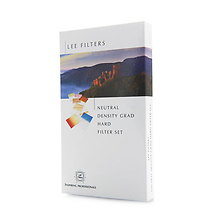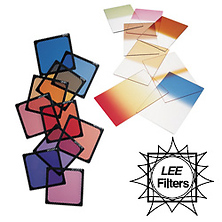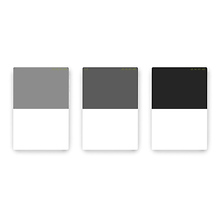Master Exposure Control for Creative Photography
Neutral density (ND) filters are essential tools for photographers seeking precise exposure control and creative effects that standard camera settings cannot achieve. These specialized filters reduce light entering your lens without affecting color reproduction, enabling longer exposures, wider apertures, and balanced exposures in challenging lighting conditions. From capturing silky waterfalls to creating motion blur in bright daylight, ND filters unlock creative possibilities that separate professional work from amateur photography.
Our comprehensive selection includes fixed ND filters, variable ND filters, and graduated ND filters from industry-leading manufacturers. Whether you're shooting landscapes, portraits, or architectural photography, the right neutral density filter allows you to maintain creative control over depth of field and motion rendering regardless of ambient lighting conditions. Professional photographers rely on ND filters to achieve consistent results in ever-changing light.
Quality ND filters preserve image sharpness and color accuracy while providing precise light reduction measured in stops. From subtle 1-stop reductions to dramatic 10-stop effects, these filters integrate seamlessly with professional lenses and camera systems to expand your creative toolkit.
Types of Neutral Density Filters and Applications
Fixed ND filters provide consistent light reduction in specific stop increments, ideal for predictable shooting scenarios like waterfall photography or architectural work. Variable ND filters offer adjustable density from 1-10 stops in a single filter, perfect for video work and changing light conditions. Graduated ND filters feature density that transitions from dark to clear, essential for balancing exposure between bright skies and darker foregrounds in landscape photography.
Professional applications extend beyond creative effects to technical necessities. Portrait photographers use ND filters to achieve shallow depth of field with wide apertures in bright conditions. Video professionals rely on variable ND filters to maintain proper shutter speeds for natural motion blur. Architectural photographers employ graduated ND filters to capture detail in both interior spaces and exterior views through windows.
Frequently Asked Questions (FAQ):
What Do the Numbers on ND Filters Mean?
Higher numbers indicate greater light reduction. Some manufacturers use density values like 0.3, 0.6, or 0.9, which correspond to 1, 2, and 3 stops respectively.
Should I Buy Fixed or Variable ND Filters?
Fixed ND filters typically offer superior optical quality and color neutrality, making them ideal for critical work. Variable ND filters provide convenience and versatility, especially for video work where exposure adjustments are frequent. Many professionals use both types depending on the shooting scenario.
Do ND Filters Affect Image Quality?
High-quality ND filters from reputable manufacturers maintain excellent image quality with minimal color shifts or sharpness reduction. Cheaper filters may introduce color casts, vignetting, or loss of detail. Investing in quality filters ensures your images maintain professional standards.
When Should I Use Graduated ND Filters?
Graduated ND filters excel in high-contrast scenes like sunrises, sunsets, and landscapes where the sky is significantly brighter than the foreground. They help balance exposure without requiring HDR techniques or extensive post-processing, maintaining natural-looking results in-camera.
Can I Stack Multiple ND Filters?
Yes, ND filters can be stacked to achieve greater light reduction, though this may introduce vignetting with wide-angle lenses and potentially degrade image quality. For maximum flexibility, consider filter systems designed for professional use with lens accessories that accommodate multiple filters.
How Do I Calculate Exposure Times with ND Filters?
Each stop of ND filtration doubles the required exposure time. For example, a 3-stop ND filter extends a 1/60s exposure to 1/8s. Many smartphone apps and charts help calculate these conversions, though experienced photographers often estimate exposures based on filter strength and desired creative effects.



